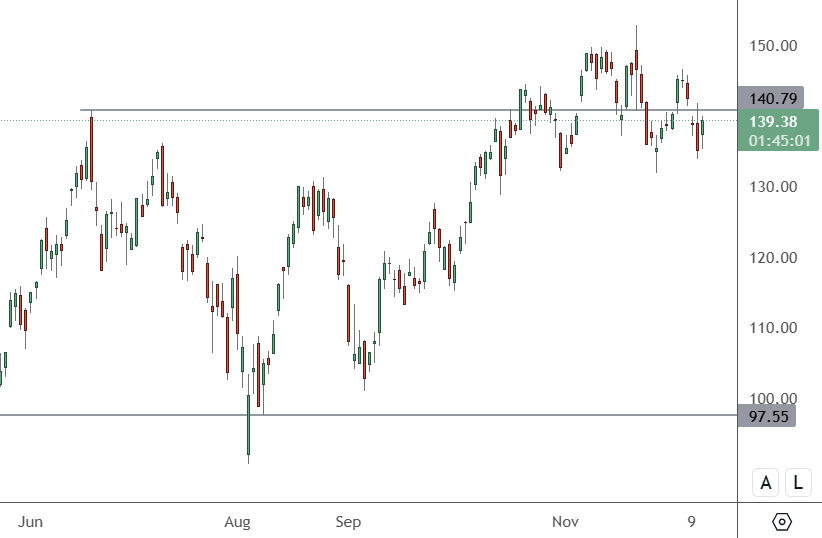Oil and gas prices surged last week after Israel and Iran started retaliatory strikes.

Oil surged 10% on Friday before settling back for a 7% gain into the weekend. There is a chance of higher prices into Monday after Iran said its largest gas field was partially shut down.
“It’s an explosive situation, albeit one that could be defused quickly as we saw in April and October last year, when Israel and Iran struck each other directly,” said Vandana Hari of Vanda Insights.
“It could also spiral out into a bigger war that disrupts the Mideast oil supply,” she added.
Analysts at Capital Economics said that if Iran’s oil production and exports were targeted, the price of Brent crude could easily jump to around $80-$100 a barrel. However, they said such a spike would encourage other oil producers to increase output, ultimately limiting the price rise and the effects on inflation.
The attack led to the suspension of 12 million cubic metres of gas output per day. The field provides around 66% of the country’s domestic gas, which is essential for electricity, heating, and petrochemicals. Iran is currently the world’s third-largest gas producer after the United States and Russia, generating around 275 billion cubic metres annually, or 6.5 per cent of global output.
Years of international sanctions mean that most of the gas is consumed domestically, though some is exported to countries like Iraq, while Qatar also exports from the field, due to its deals with global energy companies such as Exxon and Shell.
“This is probably the most important attack on oil and gas infrastructure since Abqaiq,” said Jorge Leon, analyst at Rystad Energy, in reference to the 2019 attack on Saudi oil facilities that rattled global markets.
JP Morgan analysts have a worst-case scenario of $130 brent prices, especially if it affects the Strait of Hormuz, which is a passage for almost 20% of the world’s oil supply. Such an event could remove Iran’s 2.1 million barrels per day of exports from the market and hurt other Gulf producers like Saudi Arabia and the United Arab Emirates.
In this scenario, oil inventories could draw down sharply, leading to panic buying, analysts said.


